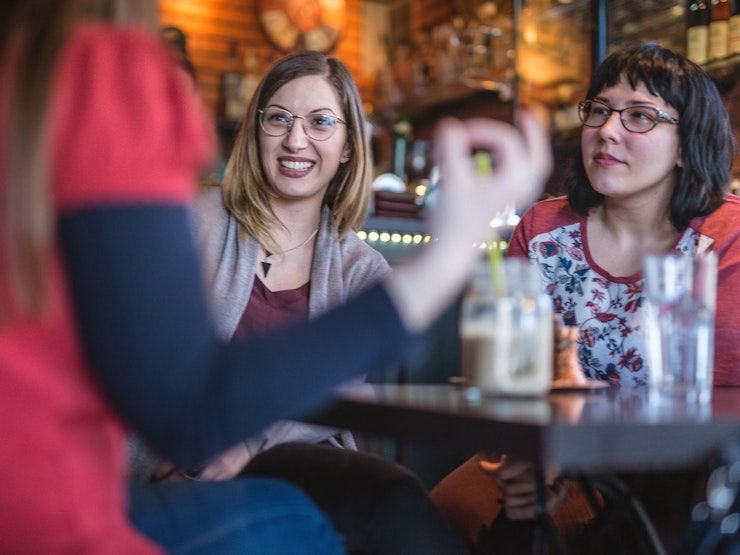The significance of self-reports in alcohol research means it is important to scrutinize the conditions which impact their accuracy. Recent years have shown a marked increase in the use of mobile technology in this field. However, to date it has not been determined the extent to which smartphone technology can be used to provide a real-time measurement of consumption, and how such in-vivo reporting compares with memory-dependent accounts of alcohol consumption. Furthermore, the contextual factors which may mediate accuracy of self-reported alcohol consumption have not been examined hitherto.
Building on previous investigations, this research utilised specifically designed smartphone technology to measure alcohol consumption in de facto real-time via a method that recorded contextual influences. These real-time reports were then compared with retrospective reports of alcohol consumption (both daily and weekly) to assess the consistency of these different accounts.
Overall results suggest that in-vivo and retrospective reports of alcohol consumption are not consistent with each other. Specifically, participants’ reports about their previous day’s drinking were significantly lower than the accounts supplied during that day (in-vivo responses). This effect was also apparent when participants were asked to recall their previous week’s consumption.
Daily retrospective reports for beer/cider, wine, and spirits all appeared to be significantly under-reported when compared with in-vivo accounts. This effect was particularly apparent in certain environmental contexts (bars/pubs/blubs, parties, other’s homes), whilst reports from other environmental contexts (home and work) did not appear to be associated with significant retrospective under-reporting in comparison to in-vivo assessment.
For weekly drinking reports the observed difference between in-vivo and retrospective reports appeared to be driven by the fact that the number of beer or cider reportedly consumed was significantly lower retrospectively, whilst other drink types (wine, spirits, other) did not appear to vary significantly between report periods.
Follow up and qualitative reports from participants indicate that participants enjoyed taking part in the research and found the application easy to use. However, they reported that the task of recalling their past drinking was difficult (both the day and the week after in-vivo assessment), and suggested that there may have been some degree of guessing. These qualitative data appear to corroborate the quantitative findings.
Retrospective self-reports regarding personal alcohol consumption may not provide a reliable account of in-vivo alcohol consumption, a problem which is evident in both daily and weekly retrospective accounts. Furthermore, the difficulties in recalling one’s alcohol consumption from the previous day may be exacerbated when drinking has occurred in environments such as bars and parties. Caution may therefore be warranted with regards to the extent to which retrospective alcohol consumption measures are reliable, or when such reports form the basis of clinical categorization. The alcohol research community has been overly reliant on retrospective self-report measures which appear to differ from consumption levels measured in real time. Nevertheless, the use of smartphone technology offers a viable and contextually sensitive solution to measuring real-time alcohol consumption. By introducing novel cost effective ways of measuring alcohol consumption, this research possibly constitutes a first-step towards the development of more robust alcohol measurement techniques.
Monk, R. L., Heim, D., Qureshi, A. and Price, A. (2015). “I have no clue what I drunk last night”: using smartphone technology to compare in-vivo and retrospective self-reports of alcohol consumption. PLOSONE 19.5.2015. OPEN ACCESS: https://journals.plos.org/plos...


